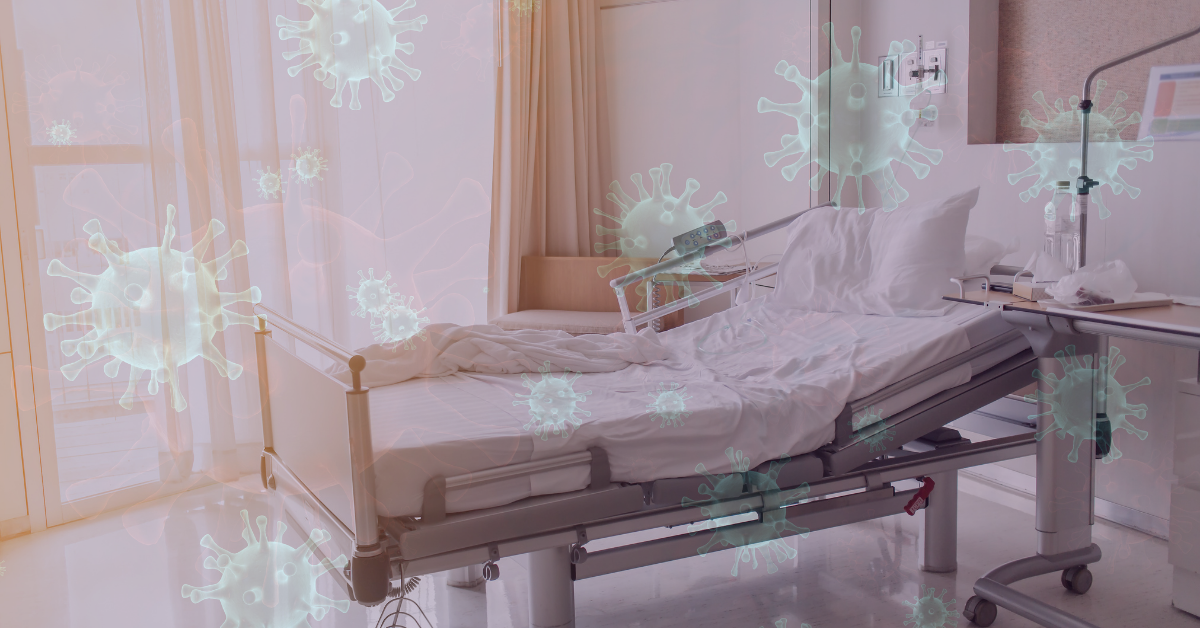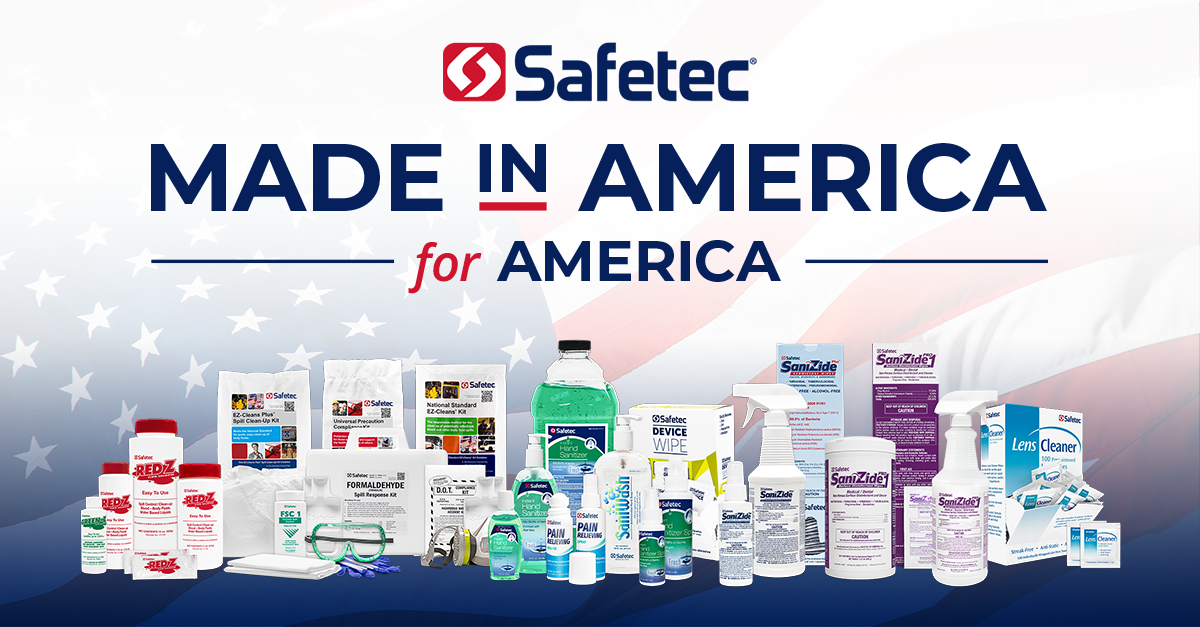
Preventing Healthcare-Associated Infections

Healthcare-associated infections (HAIs) are infections that occur while receiving health care. Patients with medical devices (central lines, urinary catheters, ventilators) or who undergo surgical procedures are at risk of acquiring HAIs. HAIs continue to be a huge issue today. On any given day, about one in 31 hospital patients has at least one healthcare associated infection, according to the CDC. These infections can have devastating emotional, financial, and medical effects. Worst of all, they can be deadly.
HAIs occur in all types of care settings, including:
- Acute care hospitals
- Ambulatory surgical centers
- Dialysis facilities
- Outpatient care (e.g., physicians’ offices and health care clinics)
- Long-term care facilities (e.g., nursing homes and rehabilitation facilities)
Most HAIs are preventable
Research suggests that many of these infections are preventable. The prevention and management of HAIs have advanced dramatically over the last decade due to legislative, regulatory, and organizational incentives. However, these changes have not resolved the gap between evidence-based and clinical practice, particularly in healthcare workers’ behavioral change.
Healthcare procedures can leave you vulnerable to germs that cause HAIs. Germs are often spread in healthcare settings from patient to patient on the unclean hands of healthcare personnel or through the improper use or reuse of equipment. Infection prevention starts with the basics.
Hand Hygiene to Prevent HAIs
HAI prevention starts with hand hygiene. It is the most important, easiest, and least expensive means of reducing the prevalence of HAIs.
The 5 Moments for (WHO) hand hygiene approach defines the critical moments when healthcare workers should perform hand hygiene.
- Before touching a patient
- Before clean/aseptic procedures
- After body fluid exposure/risk
- After touching a patient
- After touching patient surroundings
Environmental Hygiene to Prevent HAIs
Sometimes, the healthcare environment is a primary source of germs. Contaminated hospital surfaces play an important role in transmitting micro-organisms, including Clostridium difficile, and multidrug-resistant organisms such as methicillin-resistant Staphylococcus aureus (MRSA) and vancomycin-resistant enterococci (VRE). Therefore, appropriate cleaning and disinfection of surfaces and equipment which patients and healthcare personnel touch is necessary to reduce exposure.
Screening and Isolating Patients to Prevent HAIs
Early detection of multidrug-resistant organisms is an essential component of any infection control program. Isolating a patient with highly resistant bacteria is beneficial in stopping the patient-to-patient spread.
Antibiotic Stewardship to Prevent HAIs
Antibiotic Stewardship refers to a set of coordinated strategies to improve the use of antimicrobial medications to enhance patient health outcomes, reduce resistance to antibiotics, and decrease unnecessary costs. Antibiotic Stewardship encourages health care providers to use the correct dose and duration of antibiotics, minimizing the likelihood of developing antimicrobial resistance and decrease the spread of infections caused by multidrug-resistant organisms.
Ways you can protect yourself or a loved one from HAIs
Always practice proper hand hygiene and keep your hands clean. Take antibiotics only when your provider thinks you need them. Ask if your antibiotic is necessary. Watch for signs of infection and its complications, like sepsis, and get help immediately. Ask your healthcare provider what they and the facility will do to protect you and your family from an antibiotic-resistant infection. Allow people to clean your room while you’re in the hospital, even when it feels inconvenient for you. Allowing the EVS team to clean and disinfect your room helps keep you safe by reducing your risk of developing an infection.
A Trusted USA Manufacturer
Our products are trusted every day in thousands of healthcare facilities to help prevent infections and cross-contamination. As a partner in infection prevention since 1992, Safetec develops and manufactures innovative infection prevention solutions, including hand sanitizer, antimicrobial hand soap, and EPA-registered, hospital-grade surface disinfectants, available in spray and wipes.

Sources:
https://www.cdc.gov/hai/index.html
https://www.cdc.gov/hai/infectiontypes.html
https://www.cdc.gov/hai/data/index.html
https://www.cdc.gov/HAI/patientSafety/patient-safety.html
